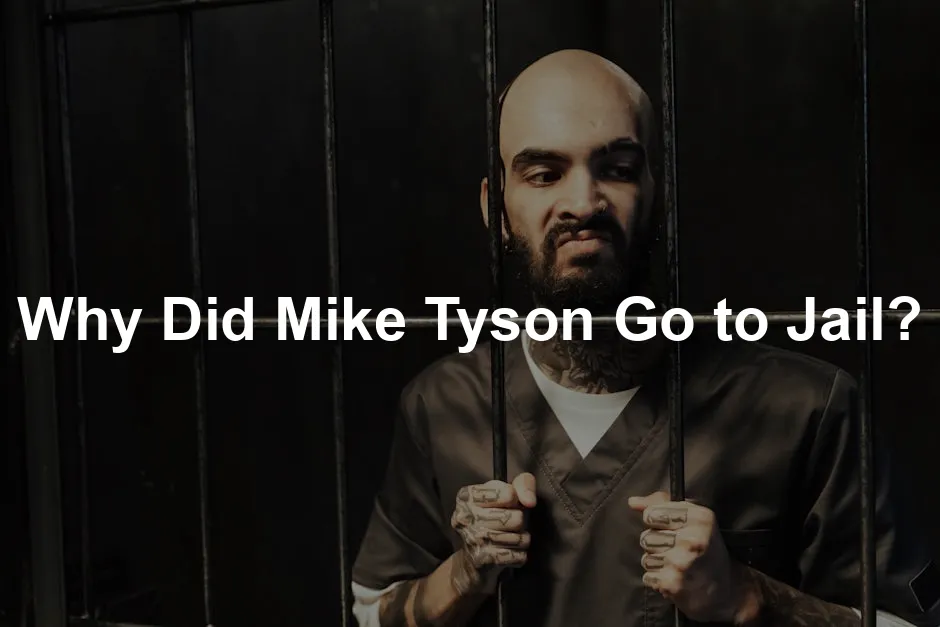
Why Did Mike Tyson Go to Jail?
Introduction
In the high-stakes world of boxing, few names resonate as powerfully as Mike Tyson. Known for his ferocity in the ring and a life marked by both triumph and turmoil, Tyson’s story took a dark turn in the early 1990s when he was convicted of a crime that would change the course of his life forever. How did a man once hailed as the “Baddest Man on the Planet” find himself behind bars?
Tyson’s rise to fame was meteoric. By the age of 20, he had already become the youngest heavyweight champion in history. His explosive style and intimidating persona captivated audiences around the globe. However, behind the gloves and accolades, a storm was brewing.
In July 1991, Tyson’s life spiraled into chaos. The world watched as he faced accusations from Desiree Washington, an 18-year-old beauty pageant contestant. She claimed that Tyson raped her in an Indianapolis hotel room. The allegations shocked fans and left many questioning how a celebrated athlete could find himself entangled in such a scandal.
The trial that followed was a media circus. It was not just Tyson’s reputation on the line; it was a public spectacle that highlighted societal issues, including race and gender. Witnesses provided conflicting accounts, and the courtroom drama kept viewers riveted. Tyson insisted that the encounter was consensual, but the evidence presented against him was damning.
On March 26, 1992, the jury found Tyson guilty of rape. He received a six-year prison sentence and was required to register as a sex offender. The verdict sent shockwaves through the sports community and transformed the way fans viewed their once-beloved champion.
The circumstances surrounding Mike Tyson’s conviction highlight significant societal issues. Why did Mike Tyson go to jail?
Tyson’s conviction abruptly halted his boxing career. The implications were not just legal; they were personal. Behind bars, Tyson faced a new reality. He struggled with the harsh prison environment but also found moments of reflection and growth. He described his incarceration as a time of profound change, despite the initial turmoil.
As we explore the tumultuous ride of Mike Tyson, we uncover the events leading to his conviction, the implications for his life and career, and the journey of redemption that followed. Buckle up, as we navigate through the highs and lows of Tyson’s life—where fame and scandal collide, leaving an indelible mark on his legacy.
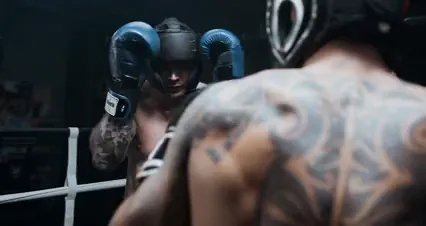
Conviction and Sentencing
In March 1992, Mike Tyson’s world came crashing down. After a sensational trial, he was convicted of raping Desiree Washington, an 18-year-old beauty pageant contestant. The jury’s decision shocked fans and pundits alike. Tyson received a six-year prison sentence and was mandated to register as a sex offender for life. Public and media reactions were explosive. Supporters felt betrayed, while critics argued the verdict was a necessary stand against abuse. The circus surrounding the trial captivated audiences, drawing attention to issues of race and gender bias. Many wondered how Tyson, once the “Baddest Man on the Planet,” could fall from grace so dramatically.
During this tumultuous time, many boxing enthusiasts turned to nostalgia. What better way to relive the glory days than with a Mike Tyson: The Unauthorized Biography? This captivating read dives deep into the life of the boxing legend, chronicling not just his victories but also his struggles. It’s a compelling reminder that even the mightiest can fall.
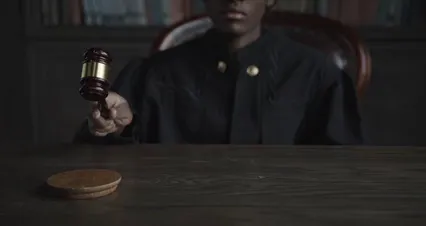
Life in Prison
Mike Tyson’s time in prison was a mixed bag of challenges and introspection. Initially, he faced bullying and isolation. However, he would later reflect on this period as transformative. Tyson claimed it was “the best three years of my life,” a statement that may raise eyebrows but speaks to his growth during incarceration. He focused on physical training, even running miles daily within the prison yard. Tyson also embraced education, earning his GED and participating in substance abuse counseling. Interestingly, he converted to Islam, adopting the name Malik Abdul Aziz, which helped him find purpose and direction. Despite the harsh realities, Tyson’s time behind bars became a foundation for personal change.
For those inspired by Tyson’s journey, you might also want to check out Boxing Footwork: A Complete Guide. This book can help you hone your skills and improve your technique, just like Tyson did during his time in the ring—because who wouldn’t want to float like a butterfly and sting like a bee?
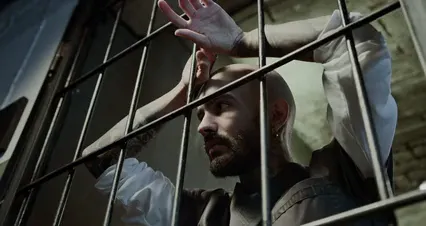
Post-Prison Life
Upon his release in 1995, Tyson fought to reclaim his boxing career. He quickly returned to the ring, achieving a knockout victory in his comeback fight. But challenges persisted. Tyson faced scrutiny over his past and struggled to recapture his former glory. Over time, he expanded his horizons beyond boxing. He ventured into entertainment, appearing in films like “The Hangover” and launching a successful podcast, “Hotboxin’ with Mike Tyson.” Tyson also entered the cannabis industry, establishing Tyson 2.0, a thriving business offering a range of products. Through these efforts, he demonstrated resilience and a commitment to personal growth, continually reshaping his legacy.
If you’re a fan of Tyson’s comeback story, consider adding the The Hangover [Blu-ray] to your collection. This classic comedy not only showcases Tyson’s unexpected comedic chops but also serves as a reminder that life can take some wild turns—sometimes even towards laughter!
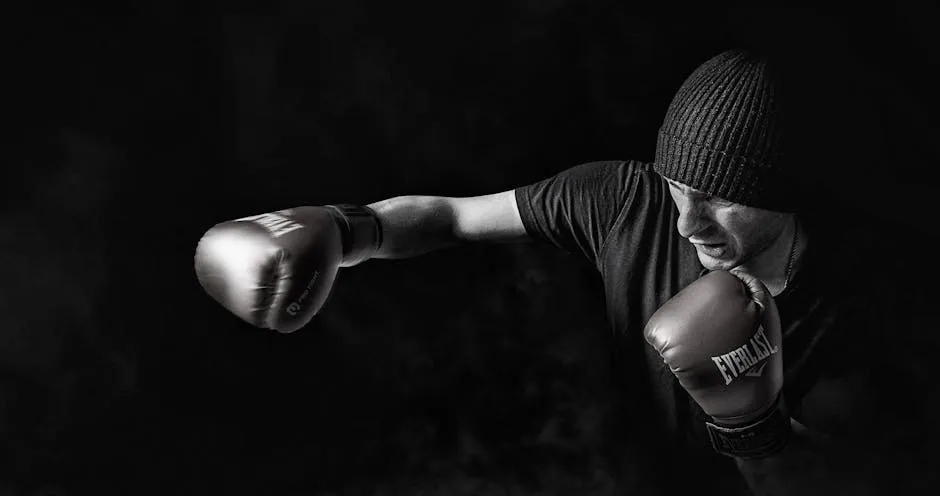
The Incident That Changed Everything
In July 1991, the stage was set for a confrontation that would alter Mike Tyson’s life forever. It all began with a chance meeting at the Miss Black America pageant rehearsal in Indianapolis, where Tyson crossed paths with Desiree Washington, an 18-year-old beauty queen. She was bright, ambitious, and had dreams as big as the title she was vying for. Tyson, a heavyweight champion known for his ferocity in the ring, was at the peak of his fame. Little did either of them know, their encounter would lead to a scandal that would unravel Tyson’s life.
After the rehearsal, Washington joined Tyson in his hotel room. What transpired behind closed doors became a matter of public scrutiny. Washington later alleged that Tyson sexually assaulted her, claiming he raped her in the early hours of July 19. Tyson, however, maintained that their encounter was consensual. The conflicting accounts set the stage for a legal battle that would grip the nation.
The allegations led to a swift police investigation. Officers interviewed Washington, who vividly recounted the incident that left her in shock. Virginia Foster, Tyson’s chauffeur, corroborated Washington’s state of distress after the alleged assault. Adding to the gravity of the situation, emergency room physician Dr. Thomas Richardson testified that Washington’s injuries were consistent with rape. The evidence began to stack against the heavyweight champion, igniting a media frenzy that followed every twist and turn of the case.
On July 30, 1991, Tyson was arrested and charged with rape, a moment that would lead to the unraveling of his carefully crafted public persona. The world watched as the man once heralded as the “Baddest Man on the Planet” became the focus of intense scrutiny. The media painted a vivid picture of Tyson as a dangerous figure, which only intensified the public’s interest. It was no longer just a case of a boxing champion; it was a sensational story of alleged crime, celebrity culture, and the implications of fame.

The Trial of the Century
The trial that followed was nothing short of a circus, capturing national attention and dominating headlines. In January 1992, the courtroom became a battleground where Tyson’s reputation hung in the balance. Key moments included dramatic testimonies from both Tyson and Washington. Tyson’s legal team, led by Vincent Fuller, attempted to discredit Washington, painting her as a woman with ulterior motives. They argued that her claims were fabricated, motivated by the desire for fame and fortune.
However, the prosecution presented a compelling case. Witnesses testified about Washington’s distress immediately after the incident, and medical evidence supported her claims. Meanwhile, the media was relentless, scrutinizing every detail and shaping public perception. The courtroom drama played out like a gripping reality show, with viewers on the edge of their seats.
Public opinion was heavily influenced by the media coverage. Many saw Tyson as a victim of his circumstances, while others were quick to condemn him. The trial sparked debates about race, gender, and the treatment of women in society. It became evident that this was more than just a legal battle; it was a reflection of societal issues that resonated deeply within the public consciousness.

When the jury finally delivered its verdict on March 26, 1992, the outcome sent shockwaves through the sports world. Tyson was found guilty of rape, leading to a six-year prison sentence. The verdict marked the end of an era for Tyson, shifting the narrative from a celebrated champion to a convicted felon. The fallout was swift and severe, forever altering the trajectory of his life and career. Tyson’s story serves as a stark reminder of how quickly fortune can turn, leaving a legacy marked by both glory and infamy.

Life Behind Bars
Mike Tyson’s time in the Indiana Youth Center was far from ordinary. Initially, he faced the harsh realities of prison life. Isolation, bullying, and the loss of his celebrity status were daunting challenges. Yet within this turmoil, Tyson discovered opportunities for growth. He later described his incarceration as “the best three years of my life.” Such a statement might seem bizarre, but it highlights the complexities of his experience.
During his time behind bars, Tyson committed to physical training. He ran miles daily, transforming his physique from a heavyweight fighter to a leaner version of himself. He focused on education, earning his GED and participating in various programs, including substance abuse counseling. Tyson’s determination to improve himself reflected a deeper quest for redemption.
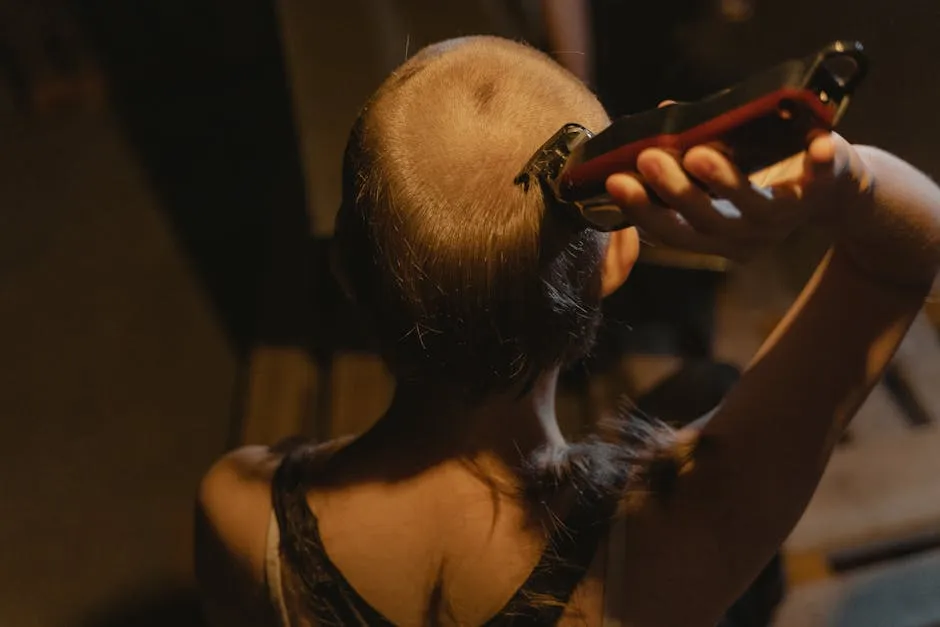
For those looking to enhance their boxing skills, consider the Boxing Training: A Proven Injury Prevention and Rehabilitation System. This book is perfect for anyone wanting to avoid the pitfalls of boxing while ensuring they stay in peak condition!
The spiritual awakening Tyson experienced was perhaps the most significant change. He embraced Islam and adopted the name Malik Abdul Aziz, which symbolized a new chapter in his life. This transformation provided him with a sense of purpose and direction, something he felt was lacking before his imprisonment.

Reflecting on his time in prison, Tyson acknowledged the lessons learned. He faced his demons and emerged with a newfound perspective. He often spoke about the importance of peace and mental stability. The experience, harsh as it was, allowed him to introspect and reevaluate his life choices. Tyson’s story serves as a reminder that even in the darkest places, personal growth is possible.
Overall, Tyson’s years behind bars were a blend of struggle and profound change. The road to redemption may have begun in those cells, but it was only the first step in a journey that would lead him back to the boxing ring and beyond.
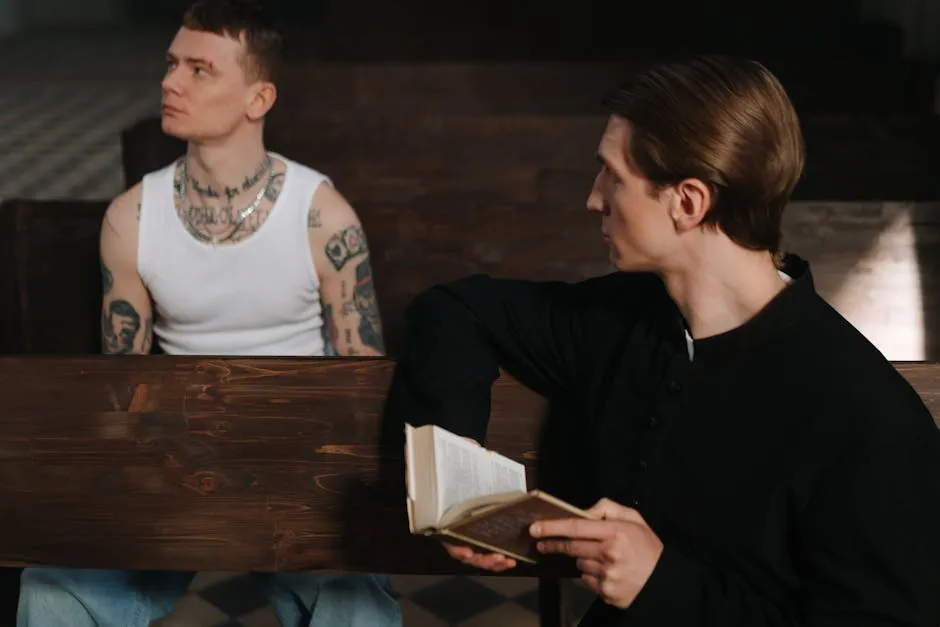
The Comeback: Tyson’s Life After Prison
Mike Tyson’s story didn’t end with his prison sentence. In fact, it marked the beginning of a new chapter full of challenges and triumphs. After serving less than three years, Tyson emerged from the Indiana Youth Center in March 1995, ready to reclaim his spot in the boxing world.
Return to Boxing
Tyson’s return to the ring was nothing short of electrifying. His comeback fight against Peter McNeeley was a whirlwind. He knocked McNeeley out in just 89 seconds, sending a clear message: the “Baddest Man on the Planet” was back, and he meant business. Yet, the challenges didn’t stop there. Rebuilding his reputation proved to be a Herculean task. Critics questioned his ability to perform at the same level after such a tumultuous period. Some even wondered if he could manage the mental strain of the spotlight again. Tyson faced not just opponents in the ring but also a skeptical public and media.
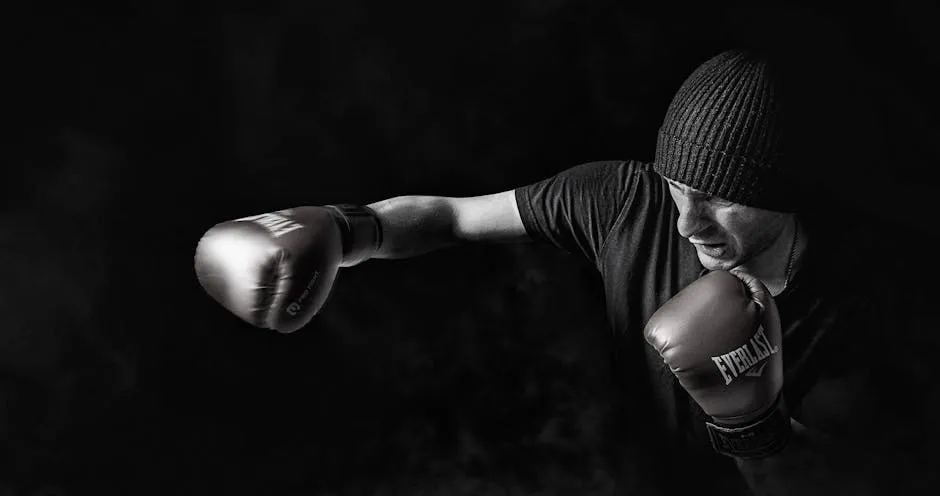
Despite these hurdles, Tyson fought hard. He claimed the WBA and WBC belts again in 1996, showing flashes of his former dominance. However, the shadow of his past loomed large. Fans were wary, and sponsors hesitated. Some viewed him as a fallen hero, while others saw him as a dangerous figure. Tyson’s journey back to the top was filled with ups and downs, but his determination never wavered.
Ventures Beyond Boxing
Tyson’s life post-boxing evolved dramatically. He ventured into the entertainment industry, showcasing his flair beyond the ring. Who could forget his hilarious cameo in *The Hangover*? That role not only solidified his status as a pop culture icon but also demonstrated his ability to poke fun at himself. Tyson embraced this lighter side, often sharing his life experiences with humor and candidness.

But it wasn’t all laughs and movies. Tyson also turned his attention to serious business ventures. He launched Tyson 2.0, a cannabis brand that reflects his personal journey toward healing and wellness. This venture has blossomed, offering a variety of products that cater to cannabis enthusiasts. Tyson’s entrepreneurial spirit has proven that he’s more than just a boxer; he’s a savvy businessman.
Moreover, Tyson has taken on philanthropic efforts through the Mike Tyson Cares Foundation. This organization aims to provide resources and support for children in need. Tyson’s commitment to giving back showcases a side of him that many may overlook—a man dedicated to making a positive impact on society.

If you’re looking to get in shape like Tyson, you might want to invest in some quality gear. Check out the Boxing Gloves – Everlast Pro Style Training Gloves. They’re perfect for training hard and looking good while doing it!
In summary, Mike Tyson’s post-prison life is a testament to resilience and transformation. He faced the daunting task of rebuilding his career in boxing and beyond while navigating the complexities of public perception. Tyson has turned his struggles into strength, reflecting a journey of redemption that continues to inspire fans around the world.

Conclusion
Mike Tyson’s legacy is a complex tapestry woven with themes of triumph, turmoil, and transformation. His time in prison profoundly shaped him as both a person and a fighter. Before his conviction, Tyson was a boxing sensation, often celebrated for his ferocity and unmatched talent. However, the fallout from his crime turned him into a polarizing figure, prompting reflection on issues like justice and societal expectations.
Upon his release, Tyson faced a significant uphill battle. He had to confront not only the skepticism of fans but also his inner demons. The challenges he encountered were not just in the ring but within himself. Tyson’s journey post-incarceration showcases the power of redemption. He has continuously sought personal growth, proving that mistakes do not define a person’s worth.
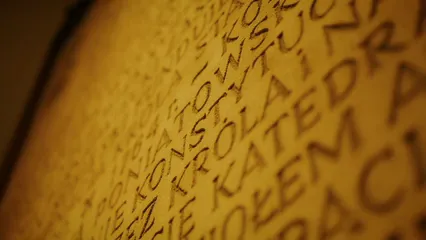
Tyson’s story is one of resilience. He has transformed from a troubled youth into a multifaceted individual who has embraced various roles—boxer, entrepreneur, actor, and philanthropist. His endeavors in the cannabis industry and his heartfelt philanthropic efforts highlight a commitment to change. Tyson’s candidness about his past serves as a source of inspiration to many.
Today, Tyson remains a captivating figure, engaging with fans through his podcast and public appearances. His legacy reflects the idea that life is not merely about the mistakes we make but how we choose to rise from them. Tyson’s journey is a reminder that, despite our tumultuous pasts, we have the power to forge a new path, one filled with purpose and growth.
FAQs
Why was Mike Tyson convicted?
Mike Tyson was convicted of raping Desiree Washington, an 18-year-old beauty pageant contestant, in July 1991. The high-profile trial concluded with a guilty verdict in March 1992.
How long did Tyson serve in prison?
Tyson served approximately three years of a six-year sentence, being released on parole in March 1995.
What changes did Tyson undergo during his time in prison?
Tyson experienced significant personal growth during his incarceration. He focused on education, earning his GED, and embraced Islam, adopting the name Malik Abdul Aziz. He also committed to physical training, which transformed his body.
What has Tyson done since his release?
Since his release, Tyson returned to boxing, briefly recapturing his heavyweight titles. He has also ventured into acting, launched a successful cannabis business, and engaged in philanthropic efforts through the Mike Tyson Cares Foundation.
How has Tyson’s conviction affected public perception of him?
Tyson’s conviction polarized public opinion. Some view him as a victim of circumstance and societal bias, while others see him as a controversial figure. His attempts at redemption have garnered both support and skepticism from fans and critics alike.
Please let us know what you think about our content by leaving a comment down below!
Thank you for reading till here 🙂
All images from Pexels




